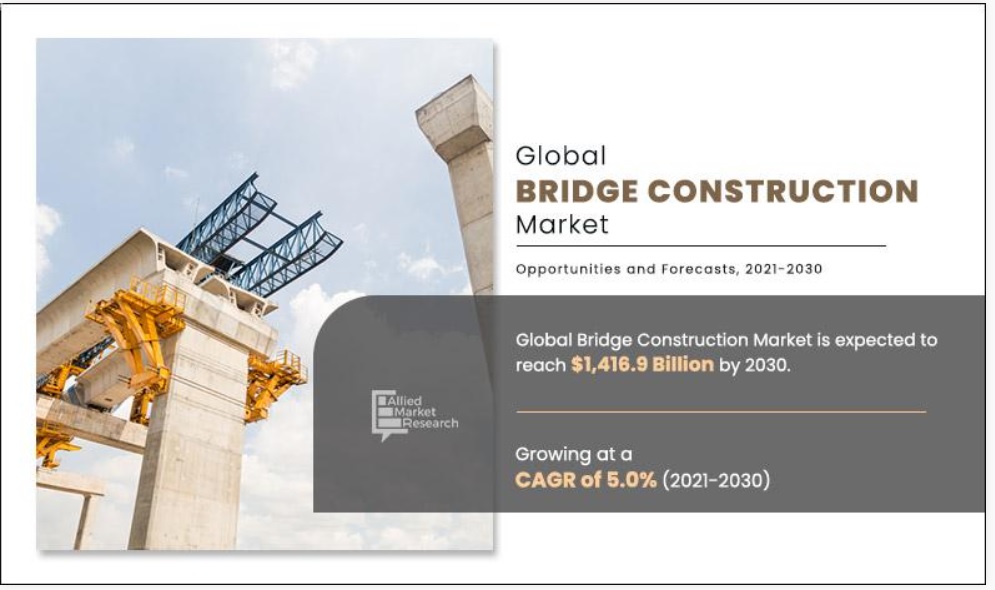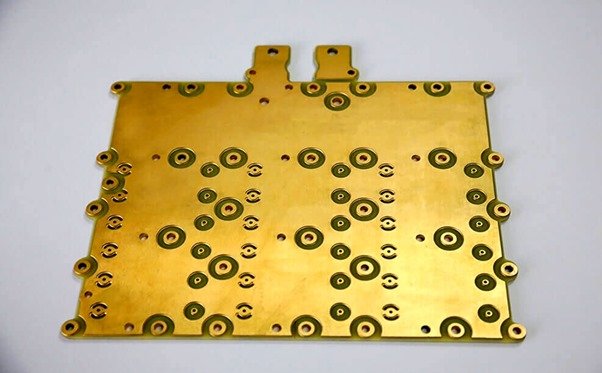For decades, bridges have served as an essential infrastructure that has enabled human beings to overcome natural barriers and obstacles. Over the years, engineers have been harnessing advanced equipment and utilizing skilled labor to create robust bridges, linking cities and towns globally. Bridge construction is a chain of engineering processes that are divided into three stages including foundation, substructure, and superstructure. The foundation work involves a detailed study of the bridge site such as an open, pile, or well foundation. Engineers decide on a particular type of foundation work based on the soil stratum and the intended features of the bridge.
Revolutionary bridge designs shaping the
In the past few years, bridge construction has undergone a huge transformation from earlier days. Nowadays, architects have started including new sturdier materials, construction techniques, and heavy machinery for bridges with greater strength and durability. They are now designing these infrastructures to handle tension and compression in a variety of ways based on their use and location. Suspension bridges are one of the common designs that involve cables hung from vertical suspenders to support the bridge deck, while there are also piers to balance compression.
Truss bridges have also gained popularity in this landscape as their superstructure consists of diagonal chords of beams. These chords help spread tension and compression throughout the structure. In the case of arch bridges, a steel, stone, or concrete arch balances these factors, serving as a wider wind bracer.
Moreover, beam bridges, also known as girder bridges, include horizontal beams supported by vertical columns or made of reinforced concrete or steel. The development of these popular bridge designs has brought wide opportunities for the bridge construction market. According to Allied Market Research, the industry is projected to rise at a CAGR of 5.0% from 2021 to 2030.
Efficient bridge construction methods create lucrative opportunities across the industry
Modern bridge construction methods rely on numerous factors including the length of the bridge, horizontal and vertical dimensions of the bridge decks, the cost and availability of materials, working hours for construction, climatic conditions, obstacles to be crossed, and many more. Depending on these factors, engineers come up with suitable methods for constructing bridges.
Precast construction has evolved as a new technique that offers faster assembling of bridges on-site. In this type of construction, precast and prestressed concrete beams are supplied to the site from remote factories. They are placed on the piers and abutments by using rubber bearings in between. Large cranes are then used to carefully place the concrete girders onto the substructure, following the design specifications. Moreover, precast elements offer greater benefits in bridge construction. They are manufactured in a controlled environment of a plant, offering consistently high-quality products. Secondly, they help reduce overall construction time, thereby increasing project efficiency. The major precast elements include precast decks, beams, and segmental decks.
On the other hand, cast-in-situ or cast-in-place construction has emerged as another construction technique in which the concrete is directly poured at the construction site. In this method, the in-situ reinforced concrete deck slab is cast on a permanent shuttering span between the beams. This type of construction technique is applied when the precast segments are too heavy to ship or site access is highly limited. For bridges with intricate and distinctive design patterns, this method is highly suitable, offering greater flexibility in the bridge construction approach.
Furthermore, the balanced cantilever bridge construction technique has been widely adopted by engineers as it can incorporate precast and cast-in-situ methods easily. Through this technique, bridge decks of 50m and 300m are smoothly manufactured. Before starting the deck, building the piers and abutments is completed in this construction method. The bridge is then built from each pier simultaneously in both directions.
The Incremental Launching Method has become another popular bridge construction technique that is mostly used for steel girders or concrete bridges. This method is widely applicable for making flyovers over steeply sloping water crossings, deep valleys, or ecologically sensitive areas. Compared to traditional construction, ILM offers significant benefits by causing less environmental impact, offering superior superstructure assembly, and higher worker safety.
UK-India pioneering collaboration to drive eco-friendly infrastructure development
In September 2024, UKIIFB (The United Kingdom-India Infrastructure Financing Bridge) agreed to promote sustainable infrastructure investment in India. UKIIFB is primarily designed to improve financial and professional services partnerships between the UK and India. This initiative has involved the City of London Corporation and the National Institution for Transforming India as the representatives of both nations. Through this partnership, UKIIFB has planned to utilize the expertise of the UK in structuring and phasing major projects to open new investment opportunities for eco-friendly infrastructure development in India. Through this agreement, the entities are going to focus on the development of robust highways, bridges, and other rapid transport mediums to boost fast and safe commutation across the regions.
The essence
Bridge construction involves a series of processes that require proper evaluation of the site, full-proof planning, and careful execution across different stages. The increase in the number of vehicles on roads and rapid investments in modern infrastructure development is expected to boost the growth of the landscape in the coming years.
✍ **𝑨𝒓𝒕𝒊𝒄𝒍𝒆 𝒘𝒓𝒊𝒕𝒆𝒓: Rosy Behera
Author’s Bio: Although belonging to an engineering stream, Rosy had a knack for writing throughout her student life. Her keen interest in creative compositions drove her to take up content writing professionally after graduation. For the last few years, she has been delivering impactful content, engaging and delighting readers, along with grabbing their attention.



